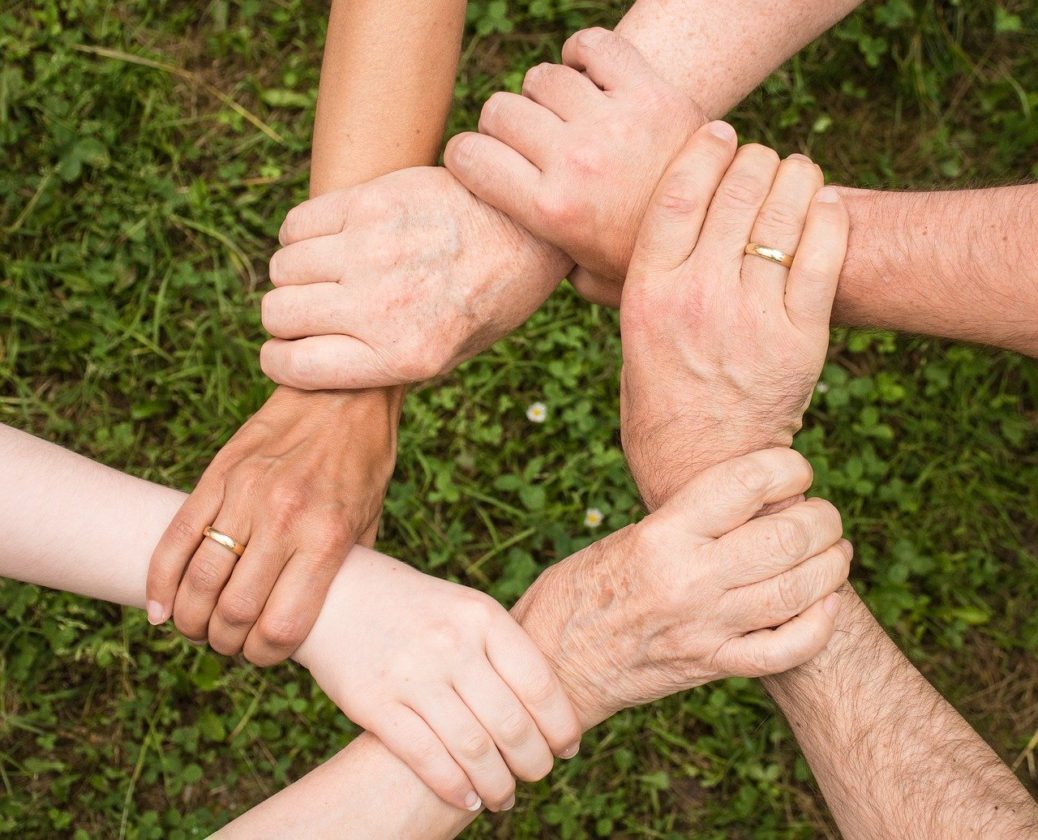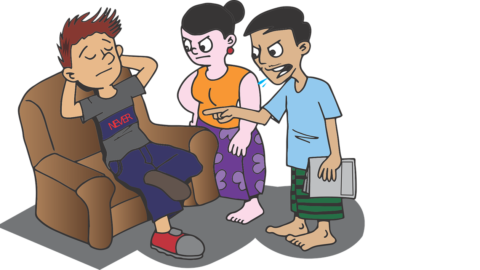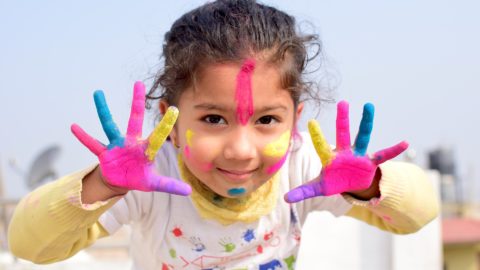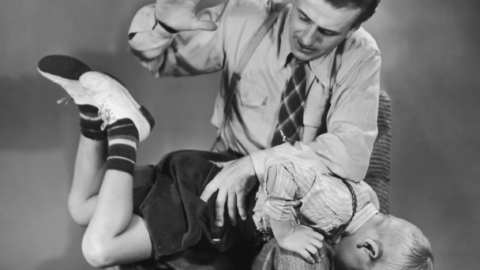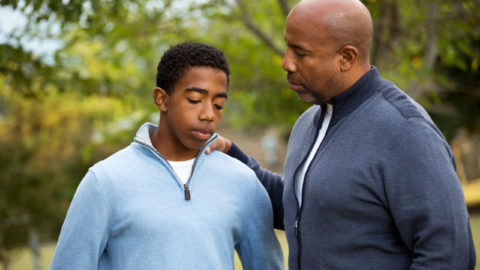Let’s discuss the five habits of an emotionally healthy family. We acknowledge the connection between values, feelings, and behaviors. For many families, “behaviors” are easier to accurately identify as they begin the process of healing the “feelings” that often result in “challenging behaviors.” Therefore, while parents and caretakers may strive for children to share feelings, we acknowledge the importance of focusing on positive behaviors as a way to measure the healing of feelings.
Keeping these thoughts in mind, here are the five habits of an emotionally healthy family:
1. Listening
Emotionally healthy families listen to one another. This remains true even though they may have different opinions. Healthy families intentionally establish a routine family time when family members can communicate and problem solve. Set this up as a snack time so that children associate this time with something “yummy.” During these times they talk, share news and information, discuss individual needs/family issues, and offer opportunities for each family member to express his/her point of view along with sharing ideas that lead to solutions. They recognize that everyone does not agree all of the time and honor differences of opinion with a simple answer such as:
“I hear you.”
“Let me think about that and get back to you.”
“I hear what you are saying, but I disagree and here’s why…”
“The rules of this family tell us that sometimes we just have to ___________________________.” (i.e. “Do what mom and dad ask.” “Take a bath or a shower every day.” or “Help with housecleaning chores.” Etc.)
2. Share an emotional connection.
Emotionally healthy families are emotionally connected. They celebrate one another’s successes by intentionally communicating messages similar to “good job!” They also support one another through the “tough” times by intentionally communicating messages similar to, “I know this is hard for you and want you to know that I am here for you and will gladly listen to you do what I can to help you.”
3. Establish boundaries.
Emotionally healthy families have clearly established boundaries that define and protect each family member’s possessions, rights, thoughts, and feelings. Family members ask before using another person’s possessions. For example, “Is it okay if I play with your red truck?”
They also maintain clear behavior boundaries so that each person’s rights remain enforced. For instance, remember that everyone has their own safe space where they keep their possessions/toys and sleep. Also ask permission to comment on how another person is thinking or feeling: “Is it okay with you if I give you some feedback or would you rather I just listen?”
4. Guided by at least one responsible adult.
Emotionally healthy families are guided by the care and balanced judgment of at least one adult who willingly takes on the responsibility of keeping the family physically and emotionally safe. This includes keeping everyone well fed, physically protected, emotionally and behaviorally respected, and generally well cared for. This person organizes and communicates both individual and family expectations that are fair to all with the goal of increased family safety and balance. He/she supervises/oversees and provides support and outcomes for behavior and choices. Among other things, this includes both positive outcomes for positive behavior and setting outcomes for negative behavior. Additionally, this would include the adult establishing and protecting boundaries of personal safety, personal possessions, and physical space.
5. Recognize each member’s strengths and weaknesses.
Emotionally healthy families recognize that each member of the family is unique and has his/her own strengths. Likewise, each member has his/her own areas of challenge, areas of interest, and areas of competency. Although everyone is joined together as a family, everyone is also recognized as an individual. Despite these dual identities, family members learn how to exhibit effective ways to make themselves available and celebrate one another. For example, when they talk or play with one another they ask permission to use one another’s toys/possessions and ask permission to enter another’s person’s physical space. Each member offers to help one another whenever possible, and if someone does not understand how to complete a task they offer explain it in a way that it is easily understood.
The Rules of Life Are Learned at Home
The rules of life are learned beginning at birth and “at home.” “Home” might be where mom/dad/brothers/sisters live. Alternatively, “home” may be a “group home” or a residential treatment center or the place where a child lives with one family member or even his grandparent(s).
This points out to us that even our individual journeys of “living in a family” can include a wide range of experiences… all of which effect how we “parent.” Regardless, our goal is to communicate to each of our children that we “care” and will provide them with safety and support.
REMEMBER:
None of us can change what happened in the past.
HOWEVER:
All of us can have control over how we respond to our life’s experiences. Likewise, we have control over the lives we choose to build for ourselves. And most importantly, we have control over how we parent the children in our lives.
SUGGESTED READING:
Want to learn more than just the five habits of an emotionally healthy family? Read about the importance of connecting with your child.

